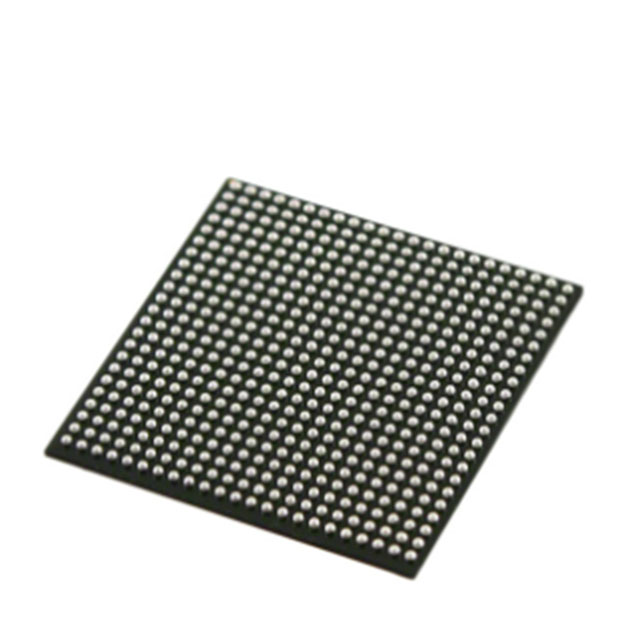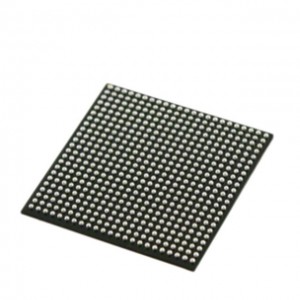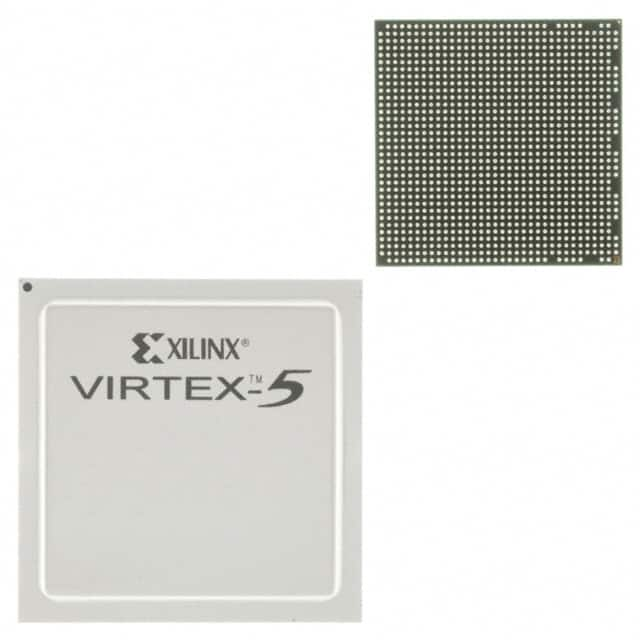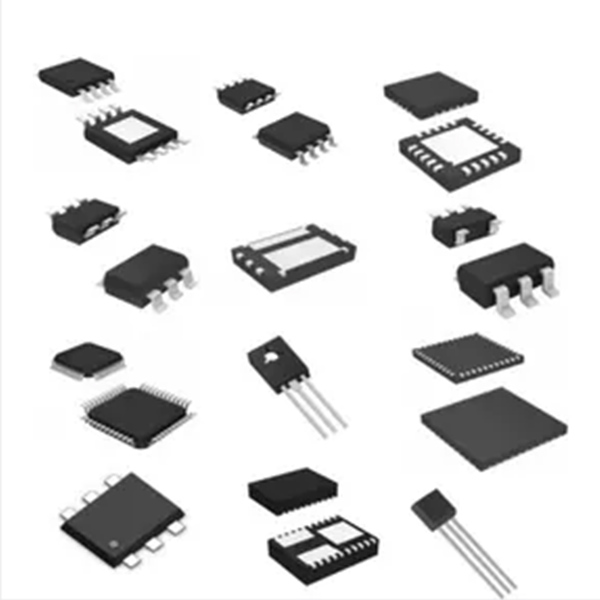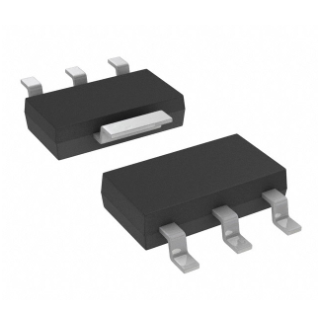5CEFA5U19I7N Shenzhen IC Chip Integrated Circuits
Product Attributes
| TYPE | DESCRIPTION |
| Category | Integrated Circuits (ICs)Embedded |
| Mfr | Intel |
| Series | Cyclone® V E |
| Package | Tray |
| Product Status | Active |
| Number of LABs/CLBs | 29080 |
| Number of Logic Elements/Cells | 77000 |
| Total RAM Bits | 5001216 |
| Number of I/O | 224 |
| Voltage – Supply | 1.07V ~ 1.13V |
| Mounting Type | Surface Mount |
| Operating Temperature | -40°C ~ 100°C (TJ) |
| Package / Case | 484-FBGA |
| Supplier Device Package | 484-UBGA (19×19) |
| Base Product Number | 5CEFA5 |
Documents & Media
| RESOURCE TYPE | LINK |
| Datasheets | Cyclone V Device HandbookCyclone V Device Overview |
| Product Training Modules | SecureRF for the DE10-NanoCustomizable ARM-Based SoC |
| PCN Design/Specification | Quartus SW/Web Chgs 23/Sep/2021Mult Dev Software Chgs 3/Jun/2021 |
| PCN Packaging | Mult Dev Label CHG 24/Jan/2020Mult Dev Label Chgs 24/Feb/2020 |
| Errata | Cyclone V GX,GT,E Errata |
Environmental & Export Classifications
| ATTRIBUTE | DESCRIPTION |
| RoHS Status | RoHS Compliant |
| Moisture Sensitivity Level (MSL) | 3 (168 Hours) |
| REACH Status | REACH Unaffected |
| ECCN | 3A991D |
| HTSUS | 8542.39.0001 |
DESCRIPTION
The integrated circuit is the building block of almost all technology today. It is a small square or rectangle of semiconductor material, often silicon, that contains electronic circuits laid down or grown to do computation or other tasks. The concept was to embed a number of transistors and other devices onto a single piece of silicon and to form the interconnections within the silicon itself. Before the integrated circuit, electronic components, such as transistors, resistors, diodes, inductors, and capacitors, were manually wired together on a board. The integrated circuit allowed for more powerful, lightweight, miniaturized applications by integrating components onto one chip of material.
In 1959 Jack Kilby of Texas Instruments received U.S. patent #3,138,743 for miniaturized electronic circuits and Robert Noyce of Fairchild Semiconductor received U.S. patent #2,981,877 for a silicon based integrated circuit. After several years of legal battles (up until 1966), the two companies decided to cross license each others patent and the IC industry was born.
The three main types of integrated circuits are analog, digital, and mixed signal circuits. Integrated circuits may be monolithic — one piece of silicon, where components are added in one layer, or they may be more complex, such as chiplets that have more than one piece of silicon.
The digital integrated circuit consists of transistors, contacts, and interconnects. To be sure, though, there is an inflection point taking place in leading-edge chips. The transistor resides on the bottom of the structure and serves as a switch. The interconnects, which reside on the top of the transistor, consist of tiny copper wiring schemes that transfer electrical signals from one transistor to another. The transistor structure and interconnects are connected by a layer called the middle-of-line (MOL). The MOL layer consists of a series of tiny contact structures.
Cyclone® V FPGAs
Altera Cyclone® V 28nm FPGAs provide the industry’s lowest system cost and power, along with performance levels that make the device family ideal for differentiating your high-volume applications. You’ll get up to 40 percent lower total power compared with the previous generation, efficient logic integration capabilities, integrated transceiver variants, and SoC FPGA variants with an ARM-based hard processor system (HPS). The family comes in six targeted variants: Cyclone V E FPGA with logic only Cyclone V GX FPGA with 3.125-Gbps transceivers Cyclone V GT FPGA with 5-Gbps transceivers Cyclone V SE SoC FPGA with ARM-based HPS and logic Cyclone V SX SoC FPGA with ARM-based HPS and 3.125-Gbps transceivers Cyclone V ST SoC FPGA with ARM-based HPS and 5-Gbps transceivers
Cyclone® Family FPGAs
Intel Cyclone® Family FPGAs are built to meet your low-power, cost-sensitive design needs, enabling you to get to market faster. Each generation of Cyclone FPGAs solves the technical challenges of increased integration, increased performance, lower power, and faster time to market while meeting cost-sensitive requirements. Intel Cyclone V FPGAs provide the market’s lowest system cost and lowest power FPGA solution for applications in the industrial, wireless, wireline, broadcast, and consumer markets. The family integrates an abundance of hard intellectual property (IP) blocks to enable you to do more with less overall system cost and design time. The SoC FPGAs in the Cyclone V family offer unique innovations such as a hard processor system (HPS) centered around the dual-core ARM® Cortex™-A9 MPCore™ processor with a rich set of hard peripherals to reduce system power, system cost, and board size. Intel Cyclone IV FPGAs are the lowest cost, lowest power FPGAs, now with a transceiver variant. The Cyclone IV FPGA family targets high volume, cost-sensitive applications, enabling you to meet increasing bandwidth requirements while lowering costs. Intel Cyclone III FPGAs offer an unprecedented combination of low cost, high functionality, and power optimization to maximize your competitive edge. The Cyclone III FPGA family is manufactured using Taiwan Semiconductor Manufacturing Company’s low-power process technology to deliver low power consumption at a price that rivals that of ASICs. Intel Cyclone II FPGAs are built from the ground up for low cost and to provide a customer-defined feature set for high volume, cost-sensitive applications. Intel Cyclone II FPGAs deliver high performance and low power consumption at a cost that rivals that of ASICs.






